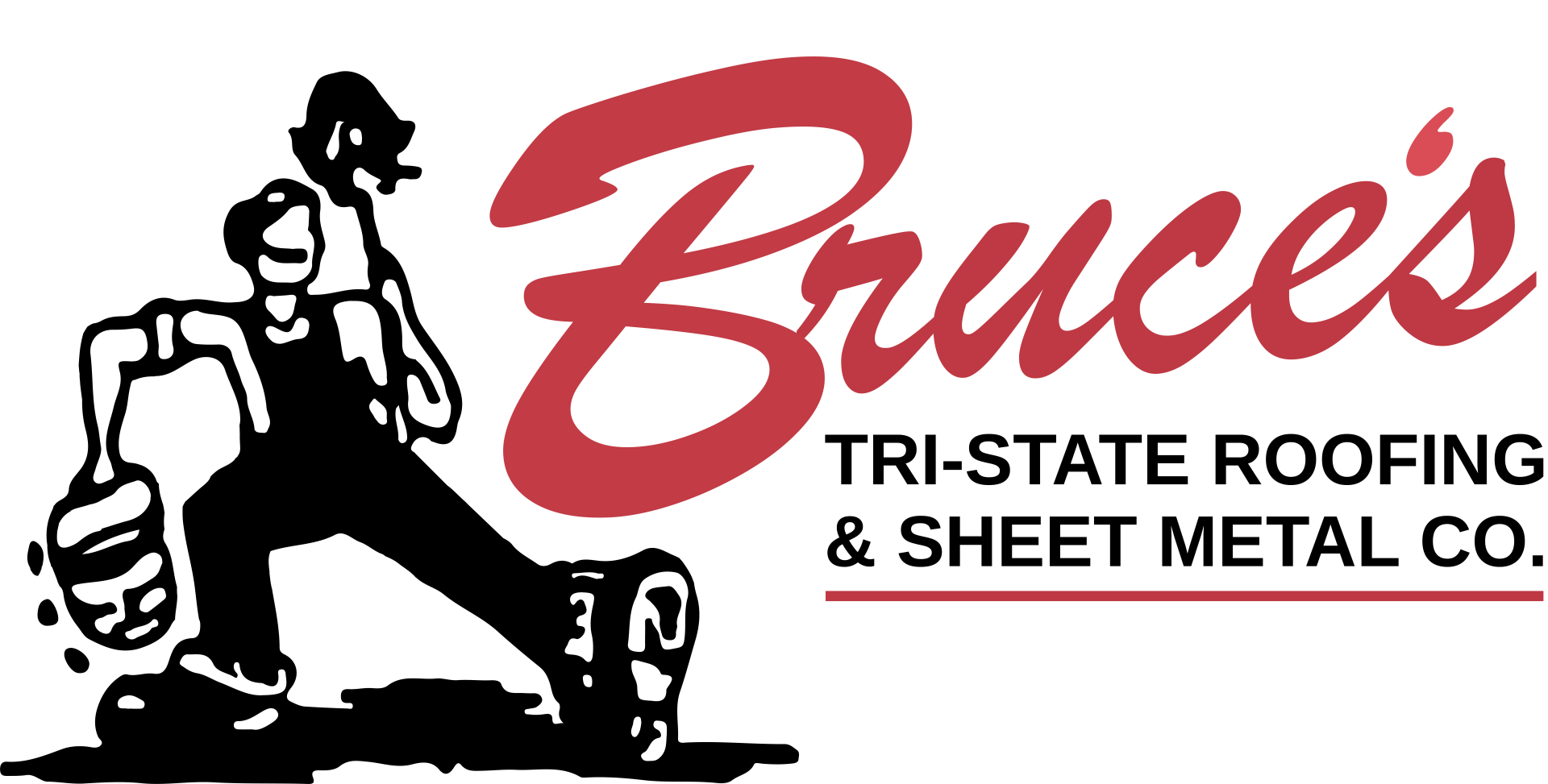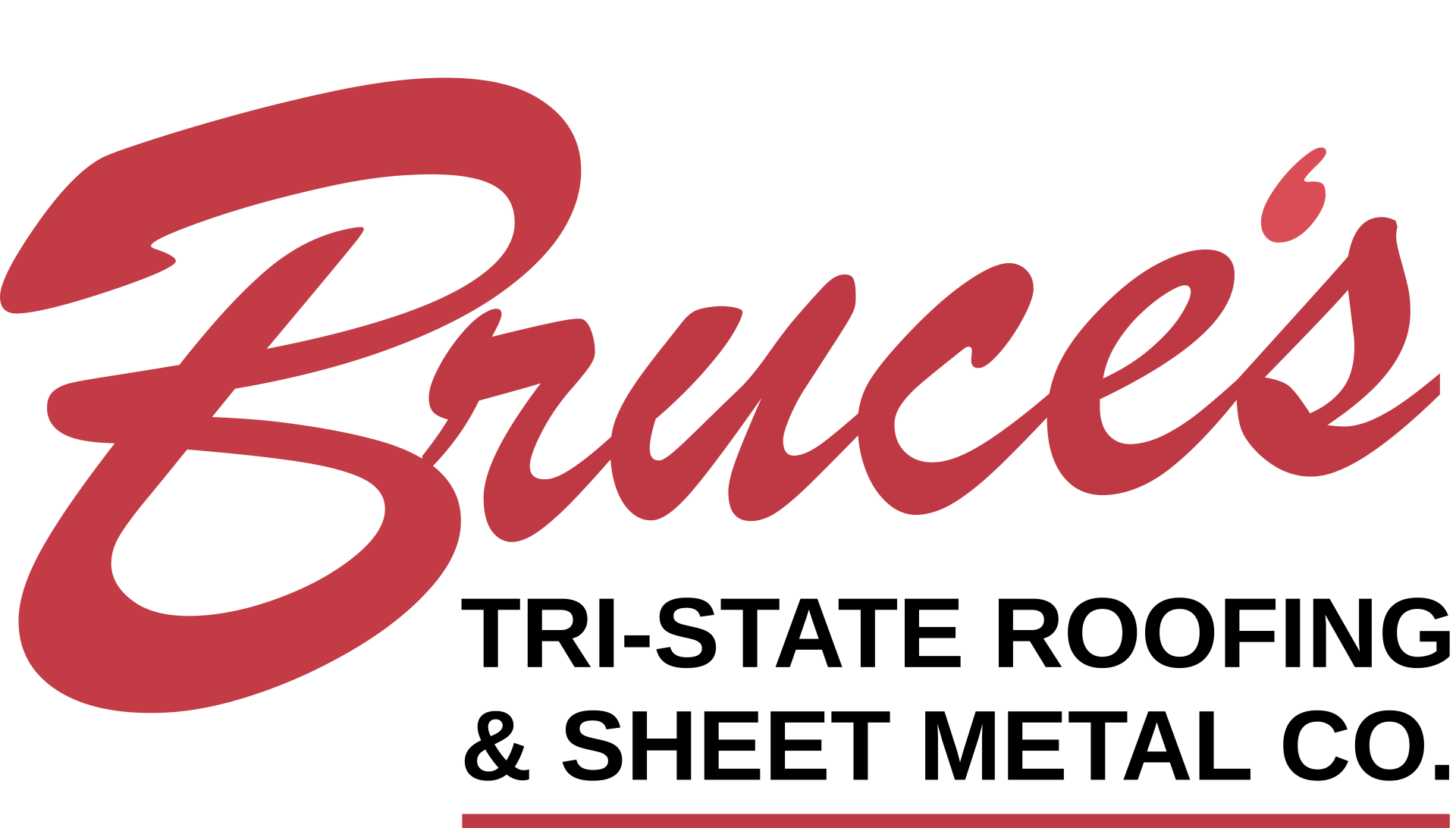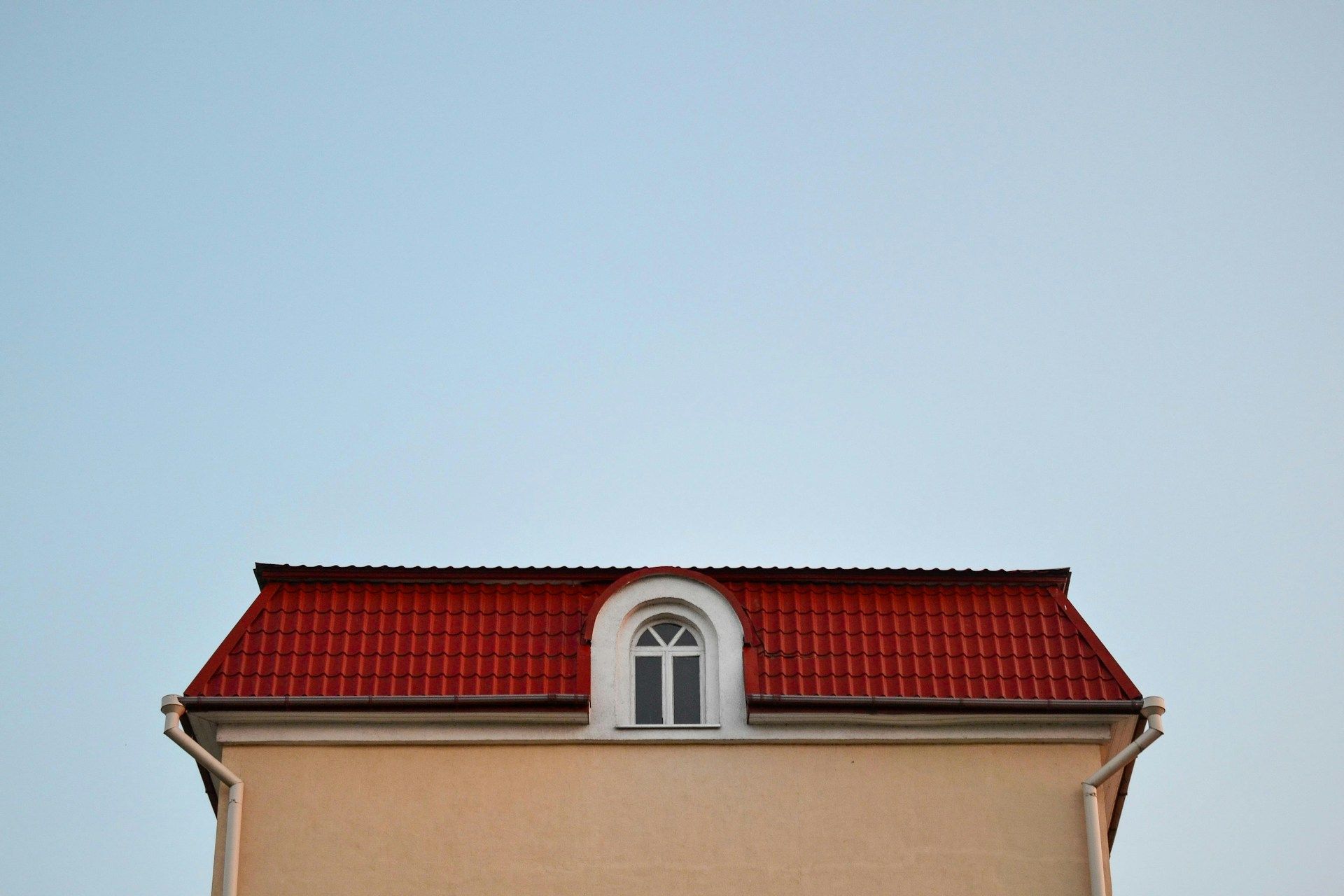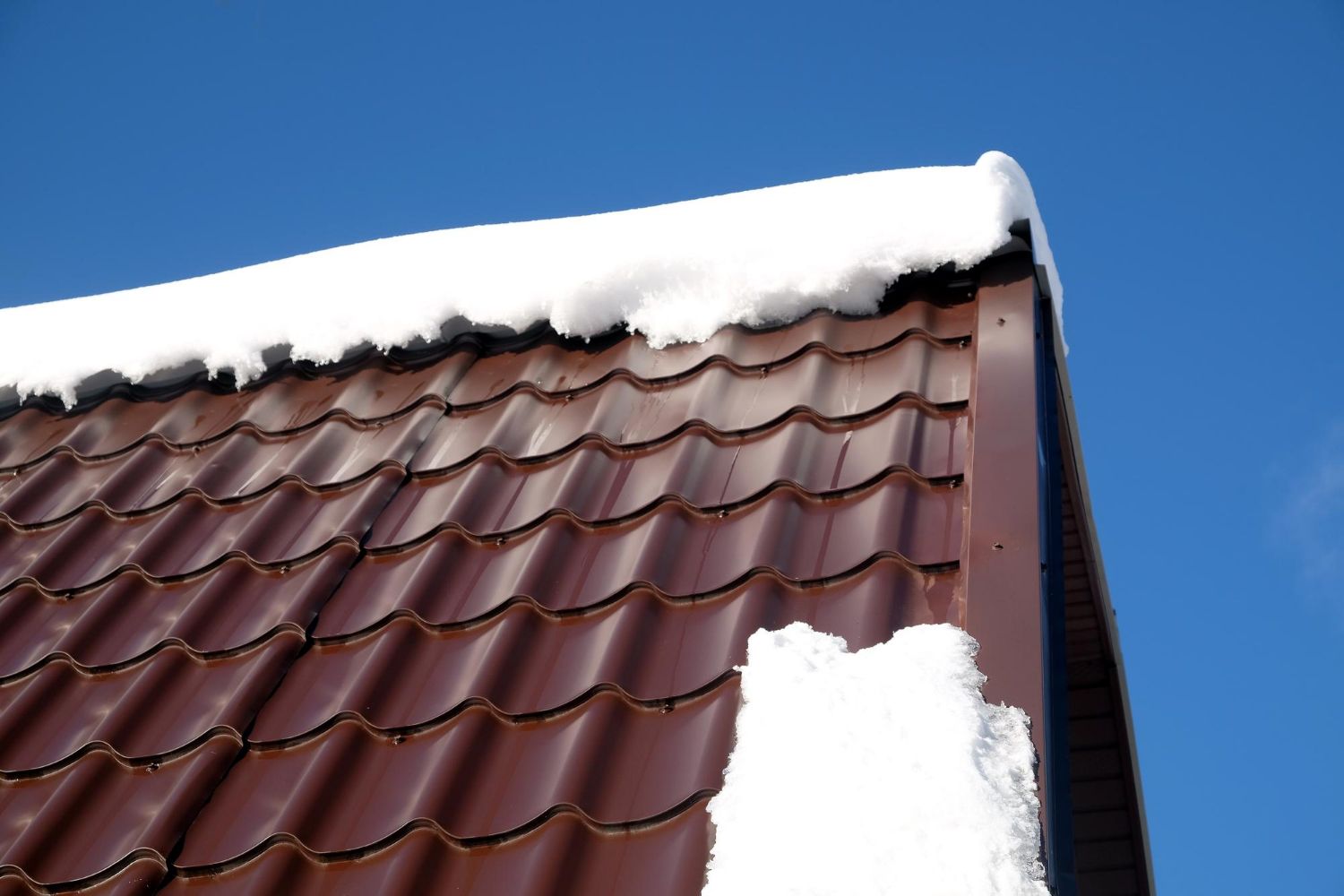
As homeowners, we are continuously seeking ways to improve the comfort, value, and efficiency of our homes. One of the most impactful changes we can make is to the roof, often overlooked as just a necessity rather than an opportunity for enhancement. Energy-efficient roofing solutions not only elevate the aesthetic appeal of a house but also play a crucial role in reducing energy bills and increasing overall home efficiency.
Understanding the energy efficiency of various roofing materials is the first step in making an informed decision about upgrading your roof. These materials are designed to reflect more sunlight and absorb less heat compared to standard roofing materials, leading to a significant reduction in your home's cooling needs during hot months. This introduction to energy-efficient roofing will guide homeowners through the multiple options available, weighing their costs and benefits, and offering maintenance tips to ensure longevity and sustained efficiency. Our goal is to help you make a choice that aligns perfectly with your needs and preferences, ensuring your home remains comfortable and cost-effective to manage.
Understanding Energy Efficiency in Roofing Materials
When we talk about energy-efficient roofing materials, we're discussing options that have a high thermal emittance and solar reflectance. This means these materials can reflect the sun's rays away from the home and emit any absorbed heat more effectively than traditional materials. This reflective capability helps maintain a more stable temperature inside your home, easing the workload on your heating and cooling systems. In simpler terms, less heat gets into your home during the summer and less warmth escapes during the winter.
Metal roofs, for instance, are excellent at reflecting solar heat due to their finish. On the other hand, clay or slate tiles offer great insulation because of their density, which makes them ideal for maintaining indoor temperature year-round. Regardless of material choice, what makes a roof energy-efficient is its ability to handle the local climate effectively. Here in Owensboro, we look at the specific needs dictated by our seasonal fluctuations to determine the best roofing materials that offer the greatest energy efficiency benefits for your home.
Top Energy-Efficient Roofing Options for Your Home
Choosing the right energy-efficient roofing material could be essential in minimizing your home's energy consumption. Here are some of the best options available that balance cost-effectiveness with efficiency:
1. Metal Roofing: Metal roofs are known for their durability and high solar reflectance. They can come in a variety of colors and finishes, allowing them to reflect sunlight excellently and reduce cooling costs significantly.
2. Tile Roofing: Tiles made from clay or concrete provide great insulation, keeping your home cooler in summer and warmer in winter. Their ability to withstand decay, rot, and insect damage also makes them a desirable choice for many homeowners.
3. Green Roofing: This innovative option involves covering your roof with vegetation, which helps insulate your home, manage stormwater, and decrease heat buildup. Though initial installation might be costly, the long-term environmental benefits and energy savings can be substantial.
4. Asphalt Shingles: A more affordable option, modern asphalt shingles are now available with special coatings to improve their reflective abilities. This makes them much more energy-efficient than their predecessors.
Each roofing material offers distinct advantages depending on your specific needs and environmental conditions. We can help you assess these options to find the best fit, ensuring you get the most value and efficiency out of your new roof.
Costs and Benefits of Installing an Energy-Efficient Roof
Investing in an energy-efficient roof can seem like a significant upfront cost, but the long-term benefits often outweigh these initial investments. From a financial perspective, one of the most appealing advantages is the substantial reduction in energy bills. Energy-efficient roofs are designed to reflect more sunlight and absorb less heat than traditional roofing materials. This means during the hot summer months, our homes stay cooler naturally, reducing the need for air conditioning. Over the years, these savings on utility bills can add up to more than the cost of the roof itself.
Additionally, there are potential tax benefits and rebates available for homeowners who choose to install energy-efficient roofs. These incentives are offered by governments and local entities to encourage energy conservation and can provide significant financial relief towards the cost of your new roof. Moreover, energy-efficient roofs can increase the market value of your home. Buyers are increasingly looking for homes with green upgrades, willing to pay a premium for properties that boast reduced environmental impacts and lower ongoing costs.
Maintenance Tips for Sustaining Energy Efficiency Over Time
To ensure your energy-efficient roof continues to provide optimal performance and energy savings throughout its lifespan, regular maintenance is crucial. Here are some practical tips we recommend:
1. Roof Inspection: Schedule regular inspections to check for any damage such as cracks, loose materials or wear, and tear that might compromise the roof’s integrity and efficiency. It's especially important to inspect your roof after severe weather conditions.
2. Clean Your Roof: Debris like leaves, twigs, and dirt can accumulate on your roof and in your gutters. This can prevent rainwater drainage and lead to moisture build-up, which reduces the efficiency of your roof. Keeping the roof clean helps maintain its reflective capabilities.
3. Address Repairs Promptly: If a problem such as a leak or broken tile is detected during an inspection, it is vital to address it quickly. Delays can lead to more extensive damage, reducing your roof’s ability to insulate and protect your home effectively.
4. Consider Professional Assessment: Sometimes, a professional assessment can help optimize the energy efficiency of your roof. Professionals can offer specific advice tailored to your roof’s material, age, and local climate conditions.
Conclusion
Choosing to install an energy-efficient roof is a wise decision for any homeowner concerned about reducing energy costs, increasing comfort levels in their home, and contributing to a healthier environment. The initial costs are balanced by long-term savings and benefits, which include lower energy bills, possible tax incentives, and enhanced property value. Proper maintenance ensures that the roof stays in top condition, offering sustained benefits over a long period.
As experts in roofing solutions in Owensboro, we are committed to helping you explore the best energy-efficient roofing options for your home. Contact Bruce's Tristate Roofing today to discuss how we can assist you in making your home more energy-efficient with the right roofing solutions. With our commercial and
residential roof installation in KY, we can help you make a decision that benefits your wallet, your comfort, and the environment.
Have Total Confidence in the Roof Over Your Head
Hire an experienced commercial roofing company serving the entire Tri-State area


Hours
Mon: 7:00AM-4:00PM
Tue: 7:00AM-4:00PM
Wed: 7:00AM-4:00PM
Thu: 7:00AM-4:00PM
Fri: 7:00AM-4:00PM
Sat: Closed
Sun: Closed
All Rights Reserved | Website Designed & Developed By Oddball Creative


